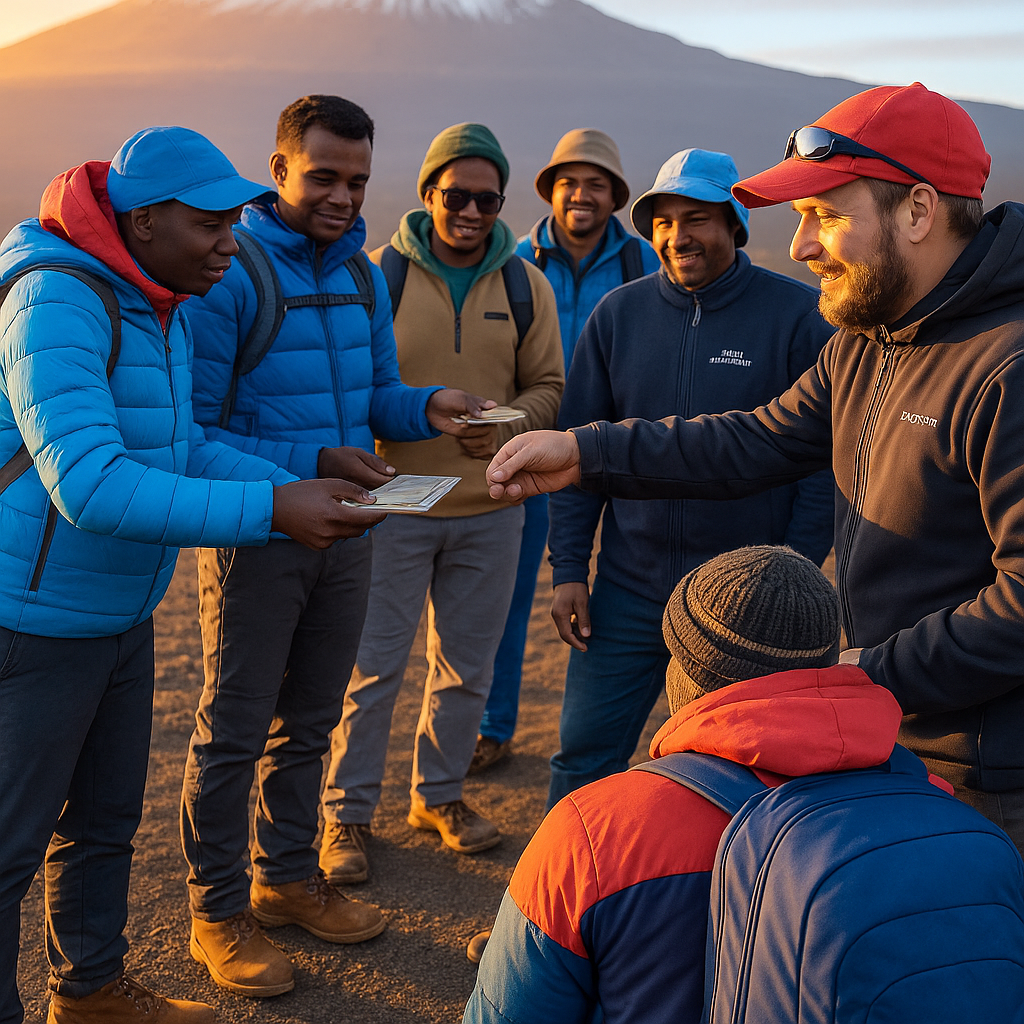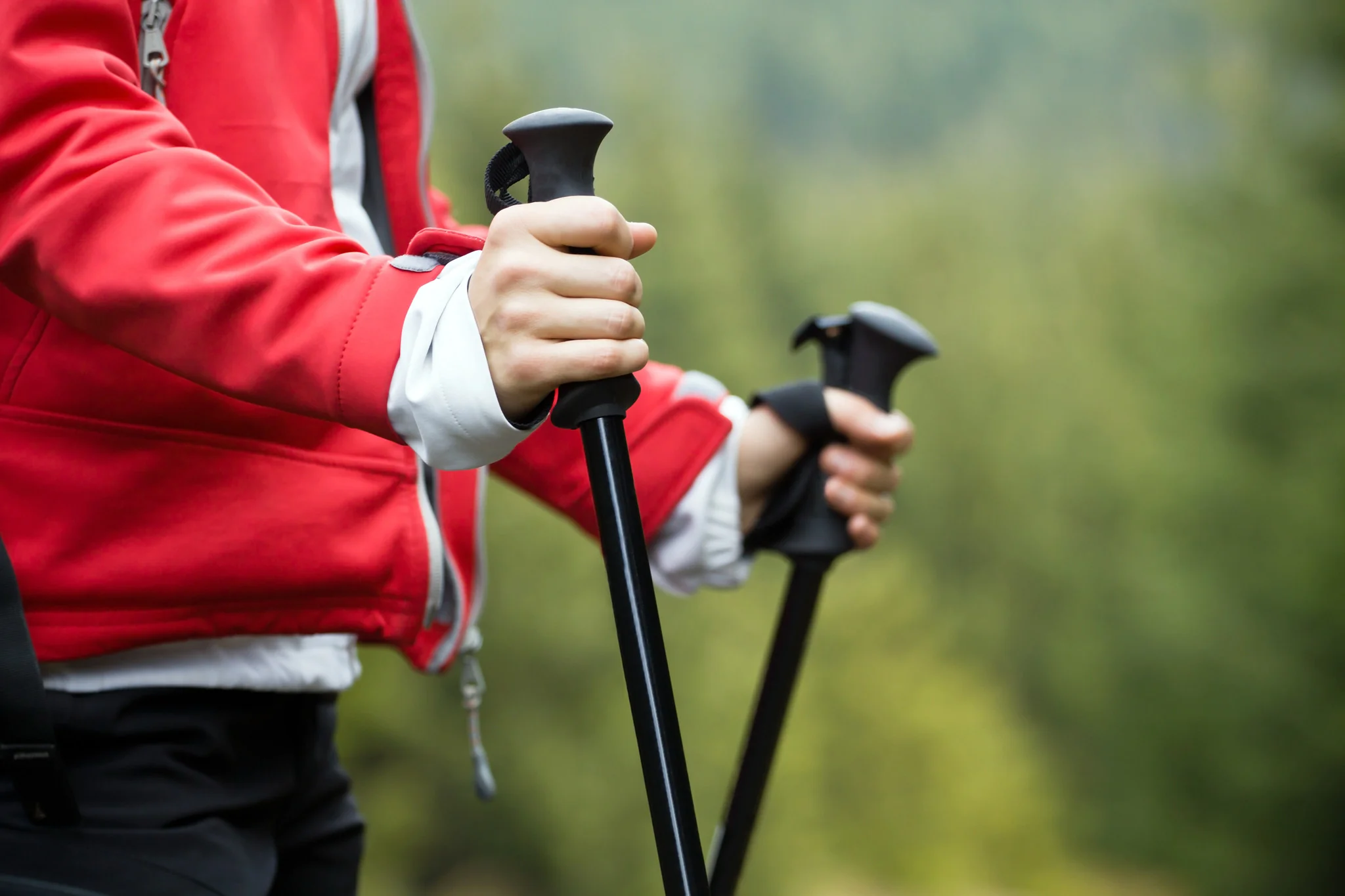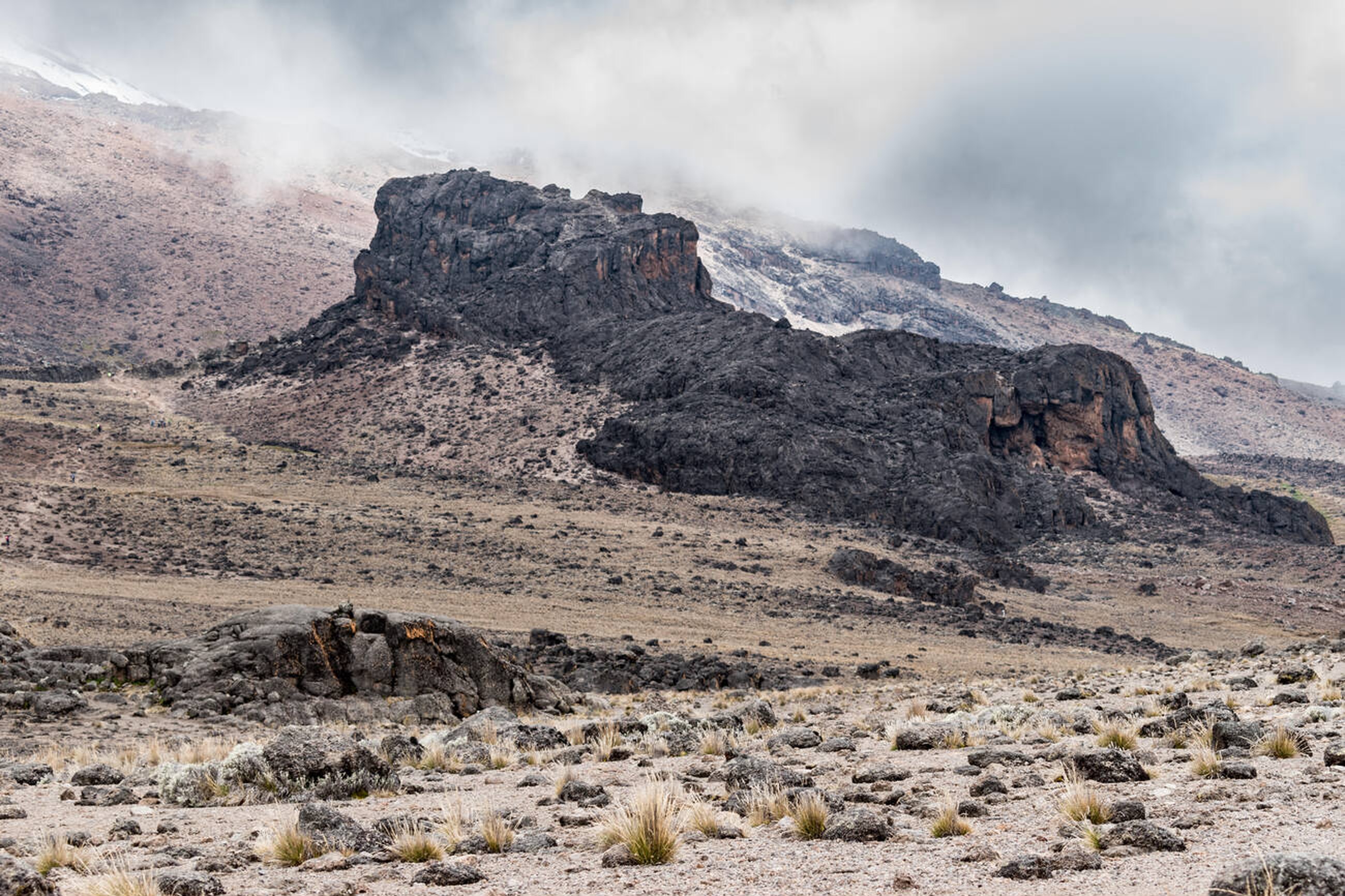Machame vs. Lemosho: Choosing Your Kilimanjaro Route
Climbing Mount Kilimanjaro (5,895m/19,341ft), Africa’s highest peak and the world’s tallest freestanding mountain, is an unforgettable adventure. The Machame and Lemosho routes are among the most popular, offering stunning scenery and high summit success rates. However, they differ in difficulty, duration, crowds, cost, and acclimatization. Kilisherpas Travel, with a 95%+ summit success rate across 20,000+ ascents since 2021, breaks down the key differences to help you choose the best route for your 2025 climb.
Key Differences Between Machame and Lemosho Routes
1. Difficulty
- Machame Route (“Whiskey Route”):
- Challenge: Moderate to challenging. Steep inclines, particularly on Barranco Wall, demand good fitness and stamina.
- Who It’s For: Experienced hikers or fit adventurers seeking a demanding climb.
- Terrain: Varied with steep scrambles; requires agility and endurance.
- Lemosho Route:
- Challenge: Moderate. Gentler gradients through rainforest and Shira Plateau allow easier pacing.
- Who It’s For: First-time climbers or those prioritizing acclimatization and scenic beauty.
- Terrain: Gradual ascent, merging with Machame on day 3–4 at Lava Tower.
Verdict: Machame is tougher due to steeper climbs; Lemosho suits beginners or less experienced hikers.
2. Duration
- Machame: 6–7 days (6-day: 80% success rate; 7-day: 85% success rate).
- Shorter duration means faster ascent, increasing Acute Mountain Sickness (AMS) risk.
- Lemosho: 7–9 days (8-day: 95% success rate; 7-day: 85% success rate).
- Extra days allow slower pacing and better acclimatization, especially with Kosovo Camp (4,900m) on 8-day itineraries.
Verdict: Lemosho’s longer options boost summit success by reducing AMS risk.
3. Scenery
- Machame:
- Diverse landscapes: rainforest, moorlands, alpine desert, and glaciers.
- Highlights: Barranco Wall’s dramatic cliffs and views of Kibo Peak.
- Lemosho:
- Often called Kilimanjaro’s most scenic route. Starts on the western side with views of Shira Plateau, one of the world’s largest high-altitude plateaus.
- Highlights: Lush rainforest, Shira Cathedral, and expansive vistas before merging with Machame.
Verdict: Lemosho edges out for unparalleled Shira Plateau views and a more gradual scenic progression.
4. Crowds
- Machame:
- One of Kilimanjaro’s busiest routes, especially in peak seasons (July–August, December–February).
- Campsites like Barranco can feel crowded.
- Lemosho:
- Less crowded, especially in early days on the remote western side.
- Offers a quieter, more solitary experience until merging with Machame at Lava Tower.
Verdict: Lemosho provides a more serene climb, ideal for those seeking solitude.
5. Cost
- Machame:
- Typically $1,800–$2,500 for 6–7 days, including park fees (~$800), guides, and meals.
- More affordable due to shorter duration.
- Lemosho:
- Ranges from $2,000–$3,000 for 7–9 days, higher due to longer duration and remote start.
- Additional transport to western trailhead increases costs.
Verdict: Machame is more budget-friendly; Lemosho’s cost reflects its length and exclusivity.
6. Acclimatization
- Machame:
- “Climb high, sleep low” profile (e.g., Barranco Camp at 3,950m after Lava Tower at 4,600m) aids acclimatization but is faster-paced.
- Higher AMS risk on 6-day itineraries.
- Lemosho:
- Superior acclimatization due to gradual ascent and extra days. Starts at 2,100m, crosses Shira Plateau (3,500m), and uses Kosovo Camp (4,900m) on 8-day routes.
- Lower AMS risk, especially on 8–9-day options.
Verdict: Lemosho’s slower pace and higher camp (Kosovo) make it ideal for AMS-sensitive climbers.
Route Summaries
Machame Route (“Whiskey Route”)
- Duration: 6–7 days.
- Distance: ~62 km (38.5 miles).
- Success Rate: 80% (6-day), 85% (7-day).
- Pros: Scenic, challenging, shorter, more affordable, good acclimatization profile.
- Cons: Steeper terrain, crowded camps, higher AMS risk on 6-day.
- Itinerary Example (7-day):
- Day 1: Machame Gate (1,800m) to Machame Camp (2,835m).
- Day 2: To Shira Camp (3,750m).
- Day 3: To Lava Tower (4,600m), descend to Barranco Camp (3,950m).
- Day 4: To Karanga Camp (3,995m).
- Day 5: To Barafu Camp (4,673m).
- Day 6: Summit Uhuru Peak (5,895m), descend to Mweka Camp (3,100m).
- Day 7: To Mweka Gate (1,640m).
Lemosho Route
- Duration: 7–9 days.
- Distance: ~70 km (43.5 miles).
- Success Rate: 85% (7-day), 95% (8-day).
- Pros: Scenic (Shira Plateau), gradual ascent, quieter, excellent acclimatization, high success rate.
- Cons: Longer, more expensive, remote start.
- Itinerary Example (8-day):
- Day 1: Londorossi Gate (2,100m) to Mti Mkubwa (2,650m).
- Day 2: To Shira 1 Camp (3,500m).
- Day 3: To Shira 2 Camp (3,900m).
- Day 4: To Lava Tower (4,600m), descend to Barranco Camp (3,950m).
- Day 5: To Karanga Camp (3,995m).
- Day 6: To Kosovo Camp (4,900m).
- Day 7: Summit Uhuru Peak (5,895m), descend to Mweka Camp (3,100m).
- Day 8: To Mweka Gate (1,640m).
Which Route Is Better?
- Choose Machame If:
- You’re an experienced hiker seeking a challenging, shorter climb.
- Budget is a concern ($1,800–$2,500).
- You’re comfortable with steeper terrain and busier camps.
- Choose Lemosho If:
- You’re a first-time climber or AMS-sensitive.
- You prioritize scenery, solitude, and high summit success (95% on 8-day).
- You can afford $2,000–$3,000 and prefer a longer, gentler ascent.
Why Climb with Kilisherpas Travel?
- High Success Rates: 95% on 8-day Lemosho with Kosovo Camp (see Kosovo Camp Advantage).
- Safety: WFR-certified guides, oxygen, twice-daily health checks, and helicopter evacuations.
- Ethics: KPAP-compliant, supporting porters and communities.
- Custom Support: Gear rentals, training plans, and itinerary advice.
Ready to Climb Kilimanjaro?
Whether you choose Machame’s challenge or Lemosho’s scenic ease, Kilisherpas Travel ensures a safe, unforgettable climb. Book now, download our Packing List, or explore our hiking tours.


